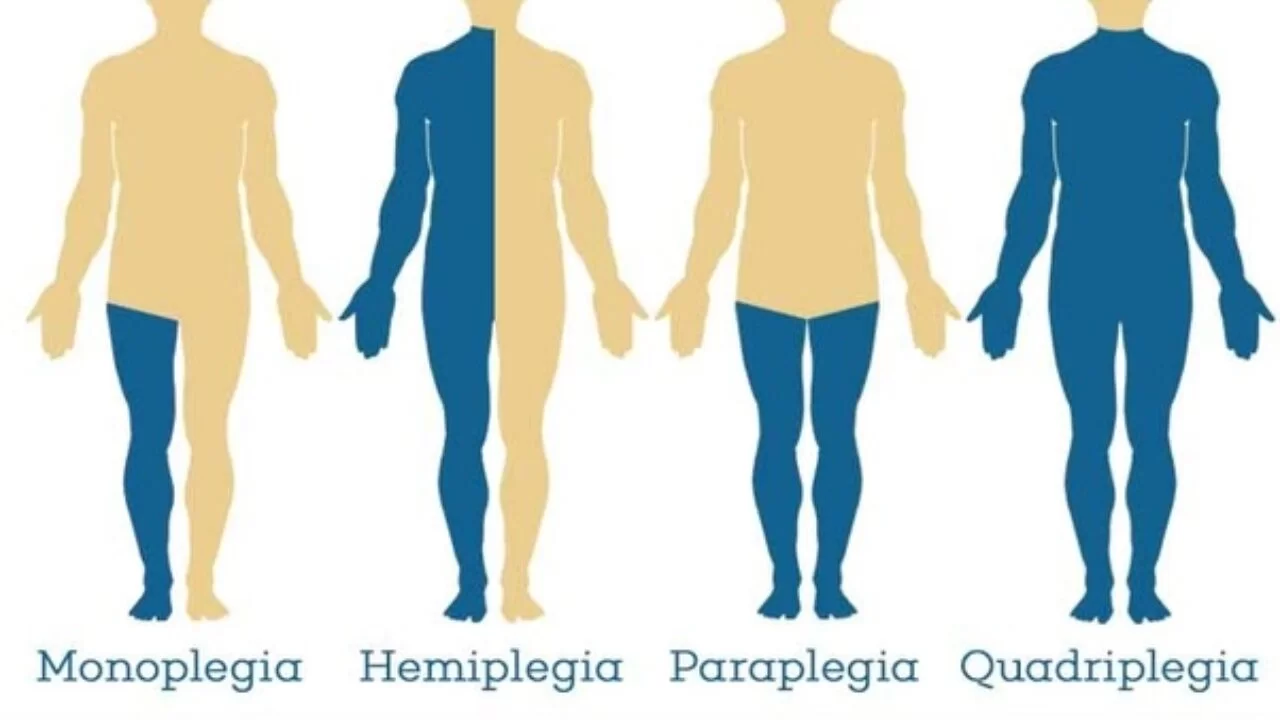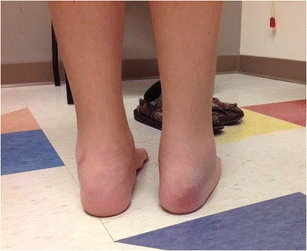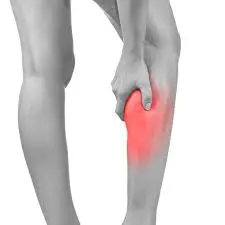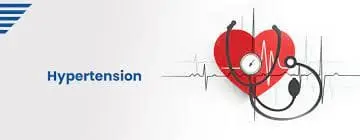Monoplegia
What is Monoplegia?
Monoplegia is the paralysis of a single limb. Monoplegia is affected on one side of the upper limb or the lower limb. Primarily it affected the upper limb.
Monoplegia of the upper limb is also called brachial monoplegia, and that of the lower limb is referred to as crural monoplegia. Monoplegia in the lower limbs is not common as compared to the upper limb.
Many more conditions cause quadriplegia and paraplegia to begin monoplegia. the diagnosis of spinal monoplegia must also be required for proper treatment purposes. Most people with monoplegia gradual deterioration in functioning, beginning with weakness or limpness in the affected limb
Signs of Monoplegia:
In monoplegia, signs are
- Curling of the hand or leg stiffness of the feet
- weakness
- Spasticity
- paralysis pain in the affected limb (one side upper limb and lower limb)
- headache
- Shoulder pain
- Difficulty in moving limb
- Generalized pain
Symptoms of monoplegia:
In monoplegia, symptoms
- Weakness
- Loss of sensation in the affected limb ( mostly affected upper limb)
- Numbness
- Tingling.
- Loss of muscle control
- Decrease sensation of the affected limb
- Electrical sensation
Causes of monoplegia:
- Stroke
- Brain tumor
- Spinal cord tumor
- Neuropathy
- Peroneal neuropathy
- Multiple sclerosis
- Guillain-Barre syndrome
- Spasticity of movement
- Infection of brain
- Infection of the spinal cord
- Cancer of the brain
- Cancer of the spinal cord
- Nerve trauma
- Nerve impingement
- Brown-Square Syndrome
- Motor neuron diseases
- Lumbar radiculopathy
Differntial diagnosis:
- parasagittal tumor
- anterior cerebral artery embolism
How do you diagnose monoplegia?
- Medical history
- Physical examination
- CT scan
- MRI
- EMG
Treatment of monoplegia
- Physiotherapy treatment
- Occupational treatment
- Assistive device
- Medication
- Surgery
Physiotherapy treatment of monoplegia:
The physiotherapist can use it to build strength, flexibility, and mobility in the affected side through stretches exercises, and massage.
Build strength exercise:
- Lifting weights
- Thera bands
- Stair climbing
- Cycling
- Push-ups
- Hill raise walking
- Sit-ups
- Squats
- Planks
Flexibility exercise:
- Stretching exercise
- Seated hamstring
- Active stretching
- Cat cow exercise
- Knee-to-chest exercise
- Knee-to-chest stretching
- Butterfly stretch
- Cool down exercise
Mobility exercise in affected limb:
- Child’s pose
- Frog pose to deep stretch
- Chest-to-shoulder opener
- Hitchhike
- Hamstring and hip opener
- Arm and shoulder circles
- Hip circles
Stretching exercise for monoplegia:
- Calf stretching
- Hamstring stretching
- Abductor stretching
- Adductor stretching
- Butterfly stretching
- Pelvic stretching
- Biceps stretching
- Triceps stretching
Physiotherapy treatment is used by the therapist to manage the patient:
- Improve pain management
- Improve movement and mobility
- Helping to prevent falls
- Enhancing recovery from monoplegia
- Improve balance
- Enhancing recovery from trauma
- Enhancing recovery from injury
Occupational therapy in monoplegia:
in monoplegia occupational therapy can help therapist will help learn the different techniques to make everyday life easier. tasks like include bathing, dressing, and cooking.
Assistive devices:
Assistive devices can help with daily activities. like,
- Walker
- Wheelchair
- Voice-activated technology
- Grab bars
- Handles and grips
- Parallel bars
- Staircase
- Treadmill
- Both bed
- Both ball
Medication:
In some cases, medication treats monoplegia like,
- Antimicrobial medication (to cure infection )
- Corticosteroid (to reduce inflammation )
- Pain medication
- Muscle relaxant ( for muscle stiffness or spasms )
Surgery:
Monoplegia due to a tumor or nerve decompression surgery may be needed.
How do you prevent monoplegia?
- Avoid slips and falls
- Use a seatbelt while driving
- Never use a mobile phone while driving
- Never operate heavy machinery under the influence of alcohol
Summary:
Monoplegia is the paralysis of one limb. monoplegia is affected one limb either the upper limb or lower limb. Monoplegia mostly affected the upper limb.
In monoplegia, signs are curling of a hand or leg, stiffness of the heel, weakness, spasticity, pain in the affected limb ( one side upper limb or lower limb), headache, and shoulder pain. In monoplegia, symptoms are weakness and loss of sensation in the affected limb ( mostly affected upper limb ), numbness, and tingling.
Causes of monoplegia are stroke, brain tumor, spinal cord tumor, neuropathy, peroneal neuropathy, multiple sclerosis, and Guillain-Barre syndrome. In monoplegia, differential diagnosis is the parasagittal tumor and anterior cerebral artery embolism. Monoplegia is diagnosed by medical history, physical examination, CT scan, MRI, and EMG.
Monoplegia treatment includes physiotherapy, occupational therapy, assistive device, medication, and surgery.
in physiotherapy treatment can be used to build strength, flexibility, and mobility in the affected side, stretches, exercise, and massage.
Physiotherapy treatment is used by the therapist to manage the patient Improve pain management, Improve movement and mobility, Help to prevent falls, Enhance recovery from monoplegia, Improve balance, Enhance recovery from trauma, Enhancing recovery from injury.
Occupational therapy in monoplegia is in the monoplegia occupational therapy can help therapist will help learn the different techniques to make everyday life easier. tasks like include bathing, dressing, and cooking.
Assistive devices can help with daily activities. like Walker, Wheelchair, Voice-activated technology, Grab bars, Handles and grips, Parallel bars, Staircase, Treadmill, Bobath bed, and Bobath ball.
In some cases, medication treats monoplegia like Antimicrobial medication (to cure infection ), Corticosteroid (to reduce inflammation ), Pain medication, and Muscle relaxant ( for muscle stiffness or spasms ). In the monoplegia due to a tumor and nerve compression surgery may be needed.
FAQ
Is monoplegia a weakness?
One Limb Only Isolated weakness of one extremity is usually caused by a spinal cord or peripheral nerve lesion.
What is the difference between monoplegia and paraplegia?
Monoplegia is affected one limb ( upper limb and lower limb ) and paraplegia has affected both limbs ( both lower limbs or both upper limbs ).
What is the difference between monoplegia and hemiplegia?
Monoplegia is affected one limb ( upper limb and lower limb ) and hemiplegia is affected on the same side of the body.
Can monoplegia be reversed?
Monoplegia does not have any permanent cure.
What is the difference between monoplegia and monoparesis?
Monoparesis refers to partial or complete and monoplegia is loss of motor function in a single limb.







2 Comments